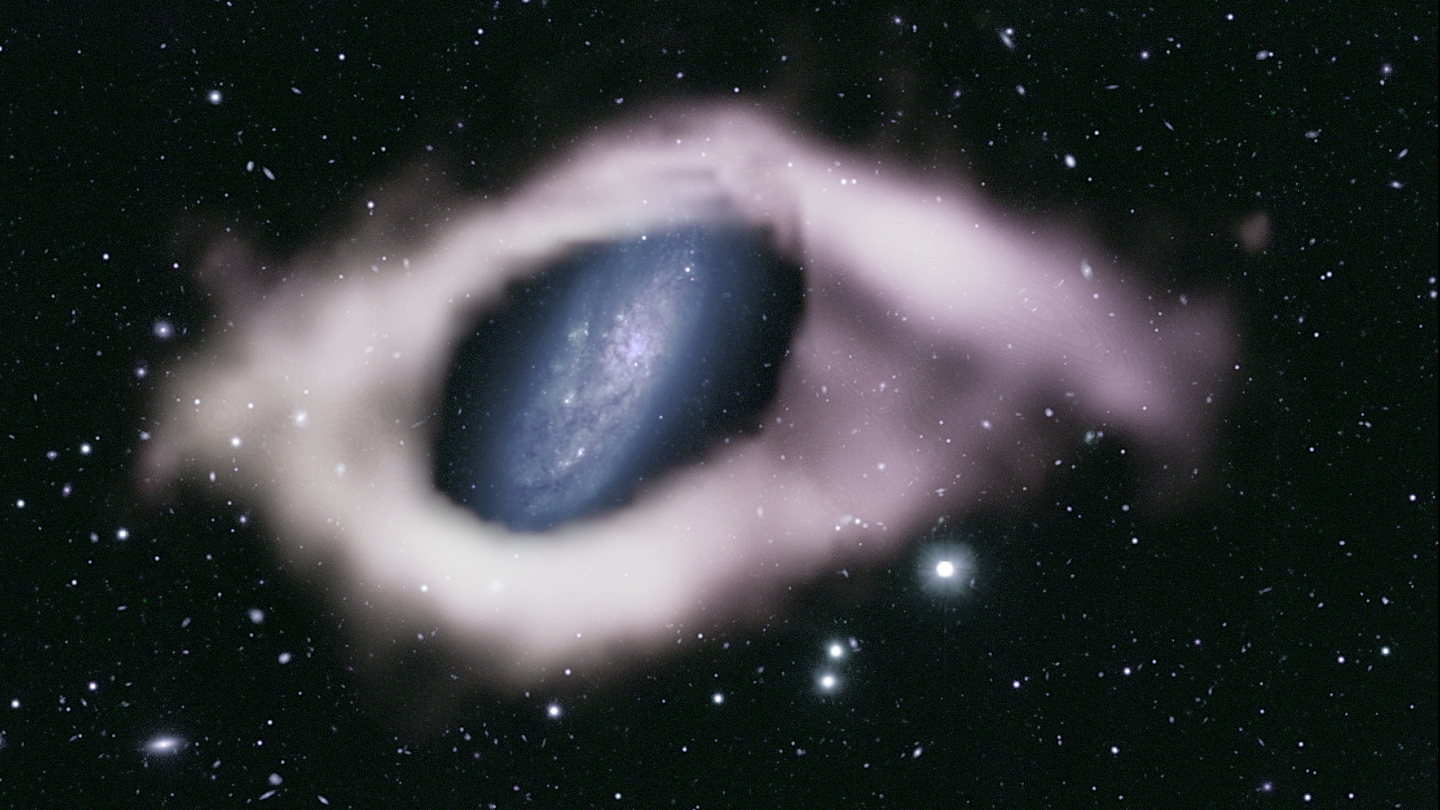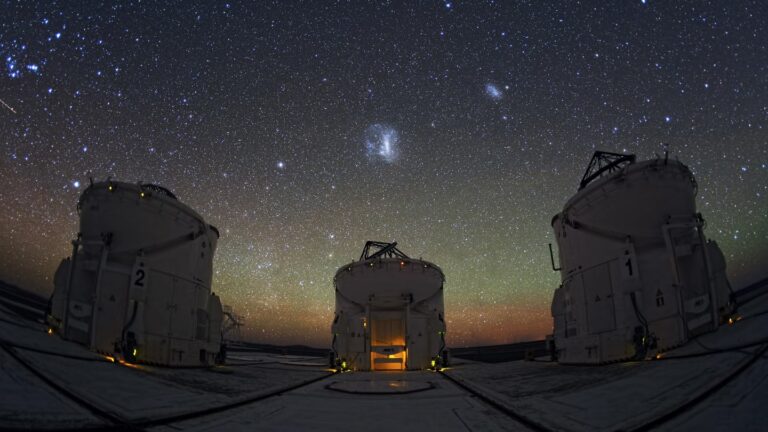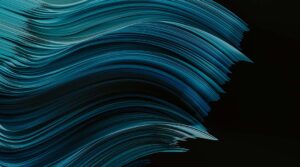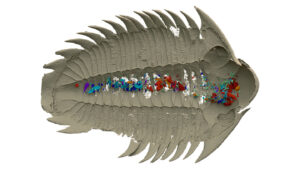It’s big. It’s beautiful. It looks a bit like a sparkly, starry, slightly smooshed Eye of Sauron.
It’s the galaxy NGC 4632, and new radio telescope images suggest that it sports a rare “polar ring” — a halo of mostly hydrogen gas tilted about 90 degrees from the plane of the galaxy’s disk.
These spectacular structures, which can also contain dust and stars, are thought to encircle only about 1 in 1,000 galaxies. But now it seems that many more — possibly 30 times as many — could be hiding in plain sight, researchers report in the November Monthly Notices of the Royal Astronomical Society.
“The implication would be that there are tons of these things out there, masquerading as normal galaxies,” says astronomer Ronald Buta of the University of Alabama in Tuscaloosa, who wasn’t involved in the new study.
Astronomers are still puzzling out how any galaxies have polar rings at all. But they’re thought to form as galaxies grow, either by colliding with other galaxies or by gobbling up gas.
“The rings give us clues about how [galaxies] can grow and evolve,” says astronomer Nathan Deg of Queen’s University in Kingston, Canada.
Deg and colleagues spotted the ringlike structure around NGC 4632 — and one encircling another galaxy, NGC 6156 — in data from the WALLABY survey, a project that is scanning half of the southern sky with the ASKAP radio telescope in Western Australia.
“It immediately strikes you that, hey, look, there’s something funny going on right here that kind of looks like a ring,” Deg says.
It can be tough to tell rings from warped galactic disks, depending on how galaxies are oriented with respect to Earth. So the team used virtual reality visualizations to help distinguish the galaxies’ disks from the potential rings, and compared the real data with simulated observations of perfect polar rings viewed at different angles.
The scientists report that the stunning structures sported by the two galaxies are indeed probably polar rings, with NGC 4632’s ring spanning roughly 60,000 light-years.
And these two may have plenty of company. The fact that the team has already spotted two potential polar rings in the 592 galaxies included in these first bits of WALLABY data suggests that earlier estimates of the frequency of such structures were too low.
The team’s simulations, which tested how polar ring galaxies look to telescopes when viewed at different angles, indicate a similar conclusion. Altogether, the observations and simulations suggest that as many as 3 percent of nearby galaxies could have overlooked rings, too.
A fruit of these combined efforts is a striking composite image of NGC 4632’s starry disk, viewed in visible light, and the radio glow of its hydrogen halo. Hydrogen emits mostly radio light, so the structure is invisible in visible-light images of the galaxy previously taken by the Subaru Telescope in Hawaii. Larger telescopes taking closer looks, Deg says, might be able to spot stars in the halo too.
Thanks to large surveys like WALLABY, Deg says, “we’re in an era where we can discover these and figure out the rings in a way that we never could before.”













+ There are no comments
Add yours